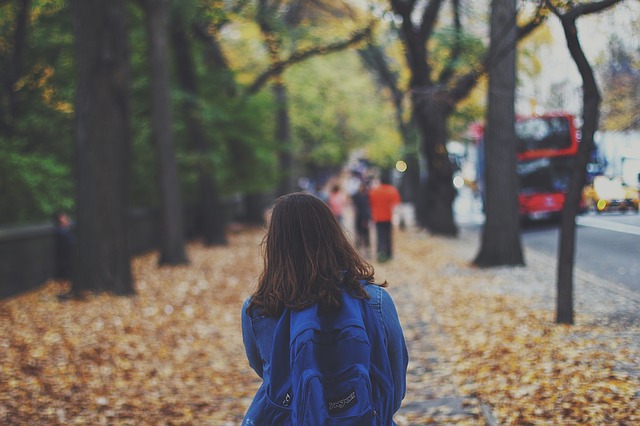Students around the country have pledged to ‘Walk to School’ this week but it doesn’t have to end! Read about how walking to school throughout the year can improve your health and the environment.
What is ‘Walk to School’ week?
“A generation ago, 70% of us walked to school – now it’s less than half. We want to reverse this decline. We want children to be energised and empowered, and to make walking to school their natural choice. And we need your help.“
The campaign is a five-day challenge to walk to school. It’s aim is teach children about road safety awareness so they feel more confident about walking safely on their own. The week also celebrates Happy Shoeday, which this year fell on Tuesday 22nd May, when students can wear their favourite shoes to school to feel comfortable walking all day.
Why is it good?
Firstly, it helps students feel the benefits of regular walking. Physical benefits include:
- Reducing the risks of heart disease, which is the number one cause of death in the UK. Inactive and unfit people have almost double the risk of dying from heart disease compared to more active and fit people.
- There is a strong link between traffic pollution and susceptibility to asthma. By choosing sustainable transport we can clear the air and reduce susceptibility to respiratory problems.
- According to Diabetes UK, physically active people have a 33-50% lower risk of developing type II diabetes compared to inactive people.
- Being physically active, can reduce the risk of breast, bowel and womb cancer. Cancer Research UK says that keeping active could help to prevent more than 3,000 cases of cancer in the UK every year.
They can also experience other benefits:
- Walking is fun and interesting. Notice things about the local environment and meet people in the neighbourhood.
- Walking with their friends can improve sociability and communication skills.
- Exercise makes students feel calmer and happier. It improves concentration, making it easier to focus in school. Many teachers report that kids who walk and cycle to school are more alert and ready to learn than those who arrive by car.
- Promoting independence and freedom. Children can make more decisions about their journey and about road safety. Walking independently offers some time to themselves.
Secondly, it’s improving the environment. Cars release carbon dioxide and carbon monoxide. These emissions can be very harmful to the environment by speeding up the effects of global warming, which is the gradual increase of the Earth’s temperature. Similarly, car pollution can contribute to the creation of acid rain, which is a very dangerous form of rain that is formed when poisonous gases are blown into the sky. Acid rain can kill plants, destroy animals that live in lakes or rivers, and can contaminate our water.
How to keep walking
This week should have encouraged you to keep walking throughout the year. Here are some other schemes that run throughout the year:
- The Walk Once a Week (WoW) scheme encourages parents and pupils to walk to school at least once a week throughout the school year. Children record how they travel to school and if they walk at least four times a month, they receive a badge. Approximately 250,000 children take part in WoW, which is about 10% of schools in the country.
- Step Up is a campaign to get young people of secondary school age walking more on their school journeys. Currently, only 40% of secondary school students walk to school. Step Up is a Big Lottery funded four year project which aims to raise levels of walking, increase the awareness of the benefits of walking and, equip schools with knowledge to promote walking.
- Students don’t have to walk. Cycling is also a sustainable way of travelling to school. Plans are underway to link 500 schools around the country to the National Cycle Network.
- For children who live too far away from their school to walk or cycle, transport provider FirstGroup has set up the “yellow bus” commission to look at the use of US-style school buses in the UK.
- We could even see the introduction of a Driving Ban. In London, two schools have banned cars from roads near to schools at drop-off and pick-up times. The penalty for drivers caught parking in these areas would be £130, reduced to £65 if the fine is paid within 14 days.
To read more about walking to school, visit the Living Streets campaign website.
Written by Anastasia K.




